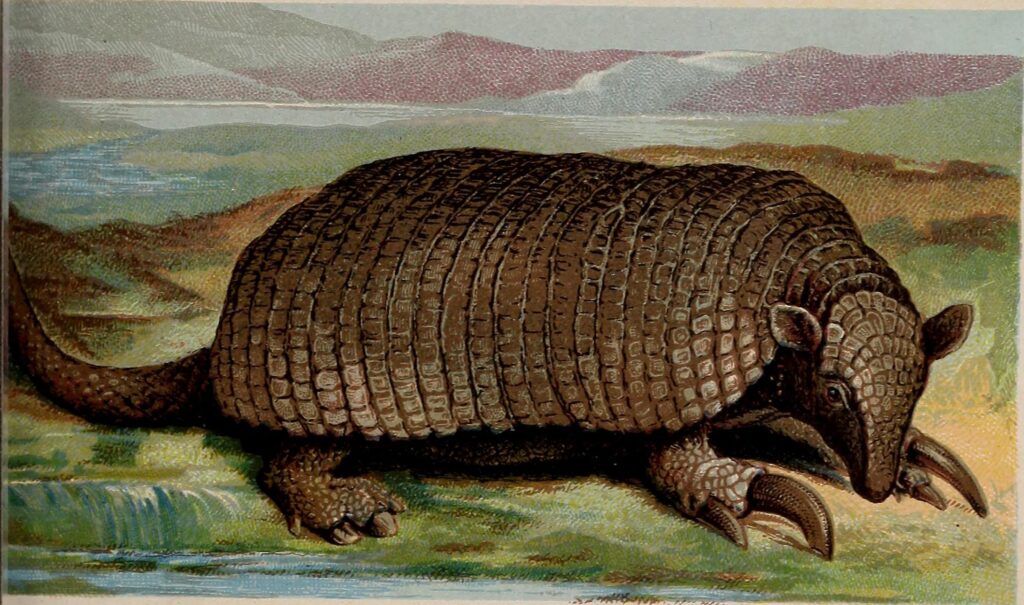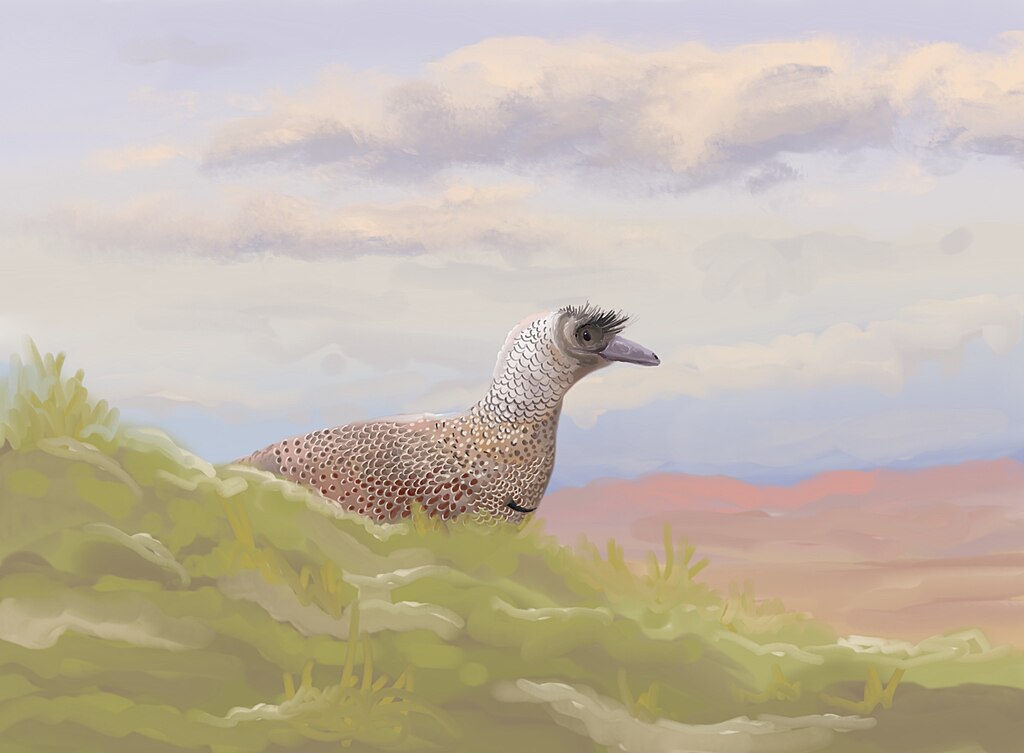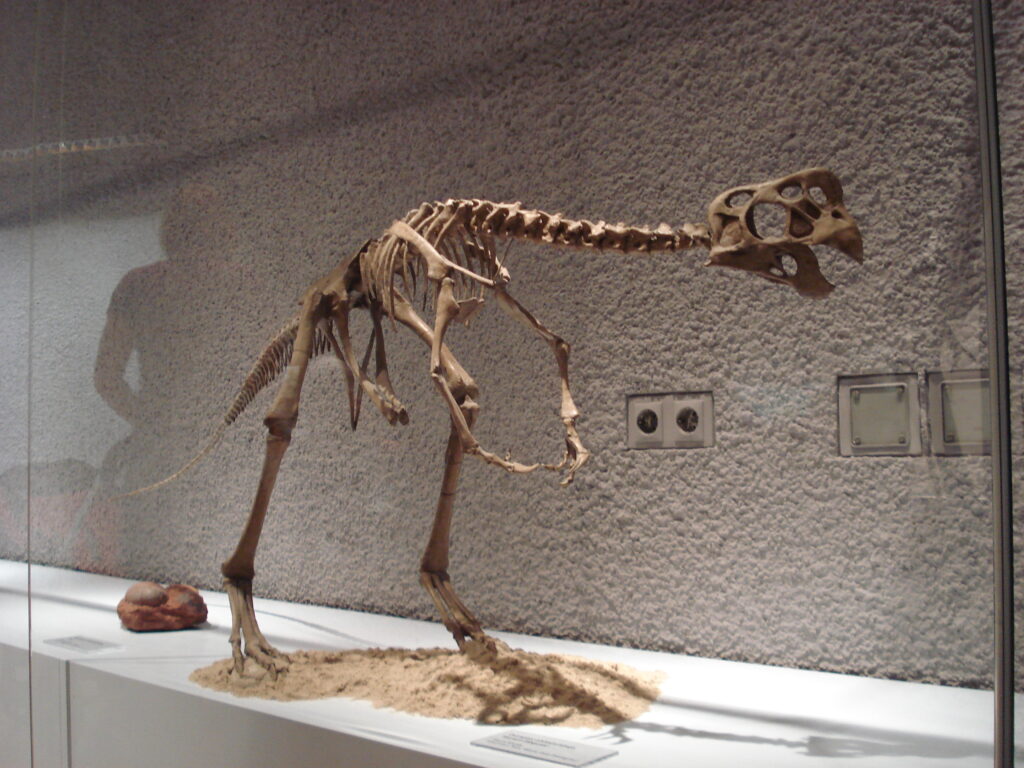In the world of paleontology, discoveries constantly reshape our understanding of prehistoric life. Among these findings, few have been as fascinating as Oculudentavis khaungraae, a tiny creature that stunned scientists when it was first identified in 2020. Preserved in amber from Myanmar dating back approximately 99 million years, this diminutive animal was initially believed to be the smallest dinosaur ever discovered, comparable in size to modern hummingbirds. With its unique features and minuscule proportions, Oculudentavis opened new windows into the diversity of Mesozoic fauna and challenged previous conceptions about the lower size limits of dinosaurs. However, its classification has been subject to scientific debate, making it one of the most intriguing paleontological stories of recent years.
The Remarkable Discovery in Amber
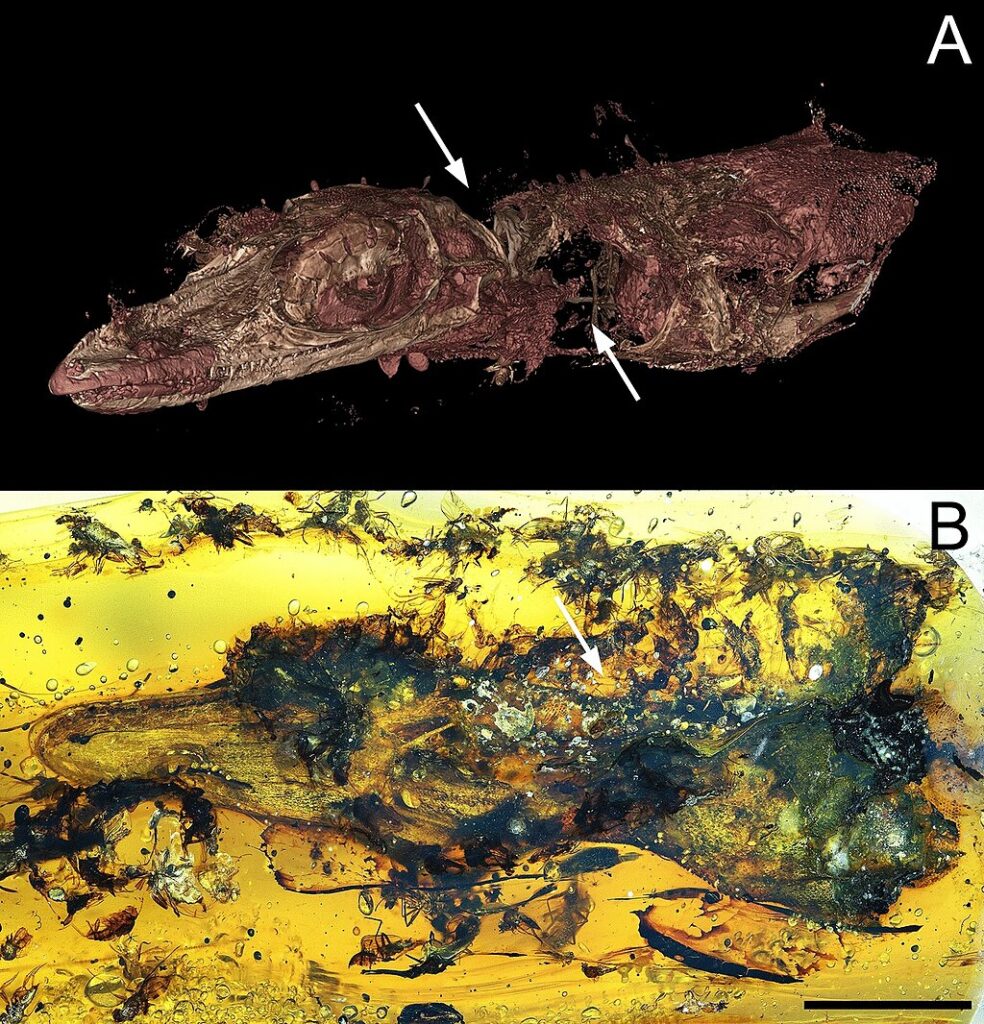
The specimen of Oculudentavis was discovered encased in amber from the Hukawng Valley in northern Myanmar. This remarkable preservation method captured the animal’s skull in extraordinary detail, offering scientists an unprecedented look at its features. The amber dates to the mid-Cretaceous period, approximately 99 million years ago, providing a snapshot of life during the age of dinosaurs. Unlike traditional fossil preservation in rock, amber preservation maintains three-dimensional structures and sometimes even soft tissues, allowing for detailed analysis impossible with compressed fossils. The discovery was particularly significant because small vertebrate specimens from this time period are exceptionally rare due to their fragile nature. When the findings were published in March 2020 in the prestigious journal Nature, they immediately captured worldwide attention both within the scientific community and among the general public.
Truly Extraordinary Dimensions

The minuscule size of Oculudentavis makes it a true marvel of evolution. The preserved skull measures just 14.25 millimeters (a little more than half an inch) in length, suggesting a body size comparable to the smallest living hummingbirds. If the initial classification as a dinosaur had held, it would have represented the smallest dinosaur ever discovered, dramatically smaller than previously known dinosaur species. For comparison, the previously recognized smallest dinosaur, Microraptor, was approximately the size of a crow. The tiny dimensions of Oculudentavis challenge our understanding of how small warm-blooded dinosaurs could become, as smaller bodies lose heat more rapidly and typically require more frequent feeding. This extreme miniaturization would have had profound implications for the animal’s metabolism, behavior, and ecological niche in the Mesozoic ecosystem, regardless of its exact taxonomic classification.
Distinctive Anatomical Features
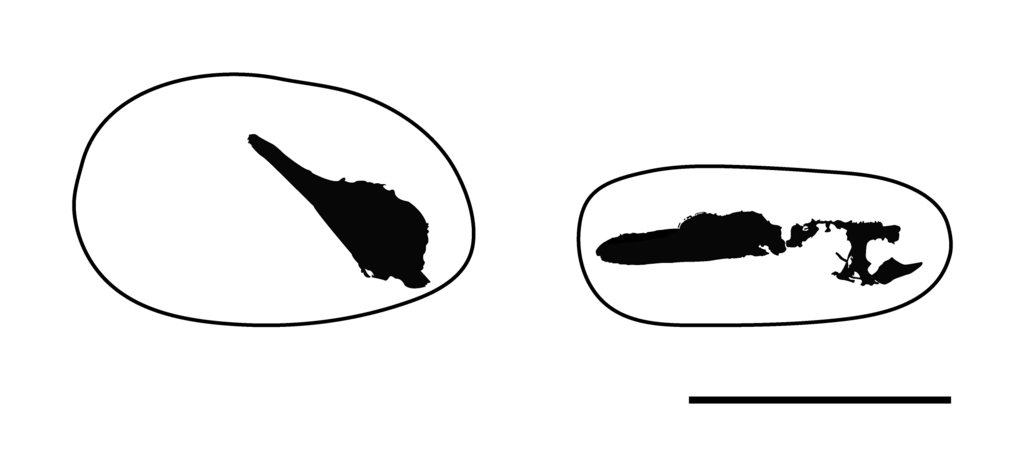
Despite its tiny size, Oculudentavis possessed a suite of distinctive anatomical features that fascinated scientists. The name itself, meaning “eye-tooth bird” in Latin, highlights its most prominent characteristics. The skull had proportionally enormous eye sockets with a ring of small bones (scleral rings) that would have restricted light entry, suggesting the creature was active during daylight hours. Its jaws contained a surprising number of sharp teeth – approximately 30 in each jaw – indicating a predatory lifestyle despite its small size. The fusion pattern of bones in the skull initially suggested dinosaurian affinities, particularly to birds. Notably, the skull was relatively elongated rather than rounded, with a narrow snout and large eye orbits positioned toward the sides of the head. These features collectively painted a picture of a tiny but formidable daytime hunter with excellent vision and a specialized feeding strategy.
Initial Classification Controversy
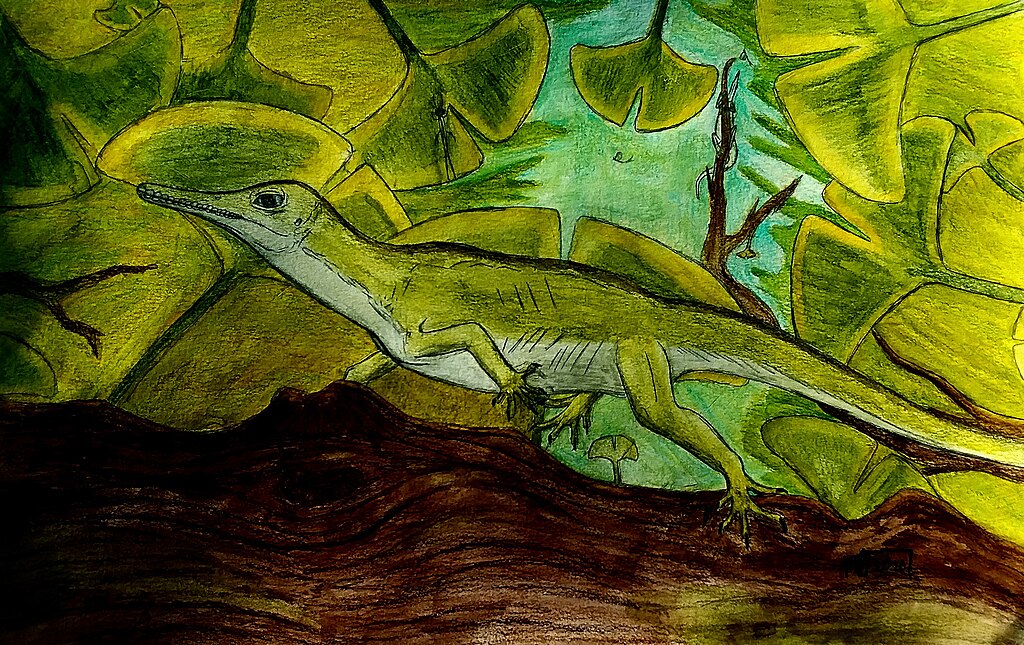
When first described in 2020, Oculudentavis was classified as an avian dinosaur – specifically, as the smallest known dinosaur and a primitive bird. The researchers who made the discovery highlighted features like the fused skull bones, tooth arrangement, and eye structure as evidence for its placement within Dinosauria and more specifically within Avialae (the group containing birds and their closest dinosaur relatives). This classification was momentous, as it would have extended the known size range of dinosaurs considerably smaller than previously documented. However, almost immediately after publication, other paleontologists raised questions about this interpretation. Several researchers noted anatomical features inconsistent with dinosaurian anatomy, including aspects of the skull shape, tooth attachment, and eye socket structure. These disagreements highlighted the challenges in classifying fragmentary specimens, especially those representing extreme body sizes where convergent evolution may produce misleading similarities.
The Reclassification Saga
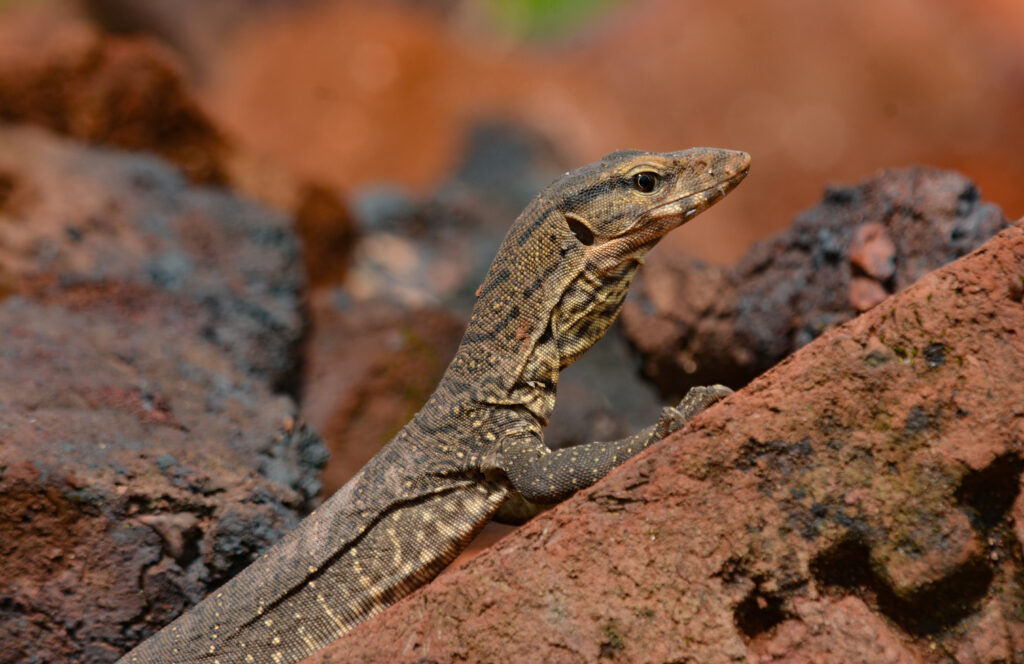
The initial excitement around Oculudentavis as a miniature dinosaur was soon tempered by further scientific scrutiny. Within months of the original publication, additional research began to suggest that Oculudentavis might not be a dinosaur at all. In July 2020, a preprint (later published in 2021) argued that the specimen shared more features with lizards than with birds or dinosaurs. This assessment was strengthened when a second, better-preserved specimen of Oculudentavis was described in 2021, providing more anatomical details. The new evidence, including clearer views of skull features and tooth attachment, strongly indicated that Oculudentavis belonged to Squamata, the order containing lizards and snakes. This taxonomic reassignment represents a normal part of the scientific process – initial hypotheses are proposed, tested, and refined as new evidence emerges. The Nature paper that first described Oculudentavis was eventually retracted, acknowledging the ongoing scientific debate about the specimen’s classification.
Ecological Insights From Miniaturization

Regardless of its taxonomic classification, Oculudentavis provides valuable insights into the process of extreme miniaturization in vertebrates. The evolution of such small body size requires significant anatomical and physiological adaptations. In miniaturized animals, certain structures must be proportionally reduced while others maintain functional sizes, creating unusual anatomical proportions. The large eyes of Oculudentavis relative to its skull size reflect the constraints of developing effective vision in a tiny body. Similarly, the numerous teeth in a small jaw space demonstrate adaptation for a specialized diet, likely consisting of tiny insects or other small invertebrates. The Cretaceous forests of Myanmar evidently supported diverse ecological niches for extremely small vertebrates, suggesting a complex ecosystem with fine subdivision of resources. This extreme miniaturization also raises questions about metabolic requirements, predator-prey relationships, and competitive dynamics in Mesozoic forest communities.
The Scientific Method in Action
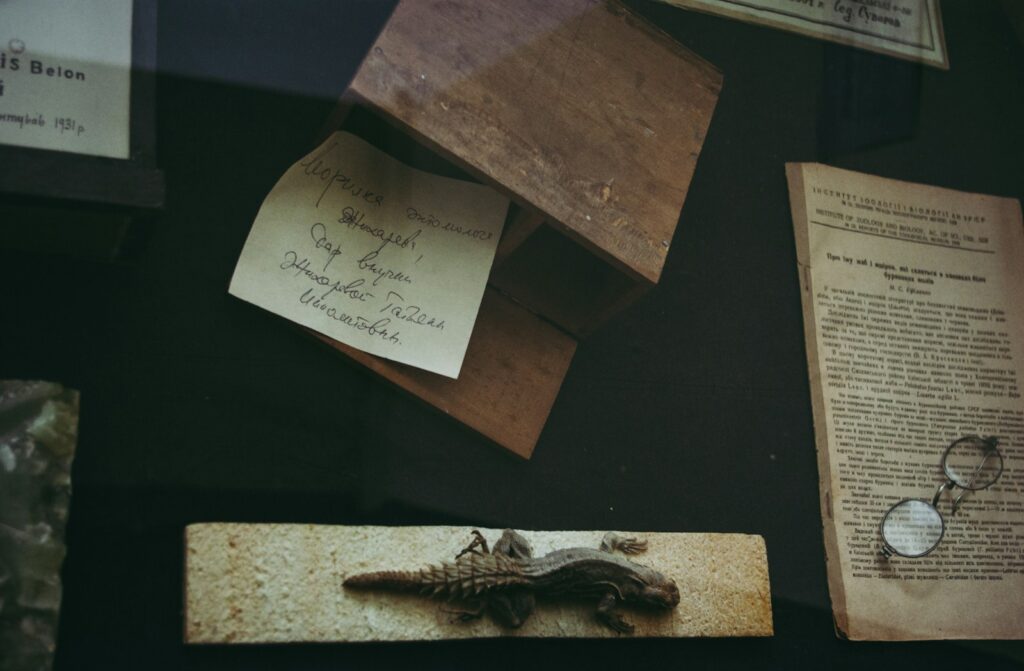
The story of Oculudentavis perfectly illustrates how the scientific method operates in paleontology. Initial discoveries lead to preliminary classifications, which are then subjected to rigorous testing and debate within the scientific community. The original researchers made their best assessment based on available evidence, but remained open to reinterpretation as new data emerged. The subsequent reanalysis and reclassification demonstrate science’s self-correcting nature rather than representing a failure. This process, where hypotheses are continually refined or rejected based on new evidence, is fundamental to scientific progress. The case also highlights the challenges of interpreting fragmentary fossils, especially when they represent extreme forms that may not fit neatly into established categories. Far from diminishing the significance of Oculudentavis, this scientific journey enhances our understanding of both ancient ecosystems and the process of knowledge development in paleontology.
Amber as a Preservation Medium

The discovery of Oculudentavis showcases the unique value of amber as a preservation medium for ancient organisms. Amber is fossilized tree resin that can trap and preserve organisms with exceptional detail, sometimes including soft tissues, colors, and three-dimensional structures lost in conventional fossils. The Myanmar amber deposits have yielded numerous spectacular specimens in recent years, including insects, plants, and small vertebrates, providing an unparalleled window into Cretaceous forest ecosystems. The preservation quality in amber allows scientists to observe minute details impossible to detect in compressed fossils, such as the precise arrangement of teeth or the structure of eye sockets in Oculudentavis. However, amber fossils also present challenges, including limited visibility from certain angles and the difficulty of performing certain analyses without destroying the specimen. Additionally, there are significant ethical concerns surrounding Myanmar amber, as some deposits are located in conflict zones and may fund ongoing civil conflicts.
If Lizard, Still Remarkable
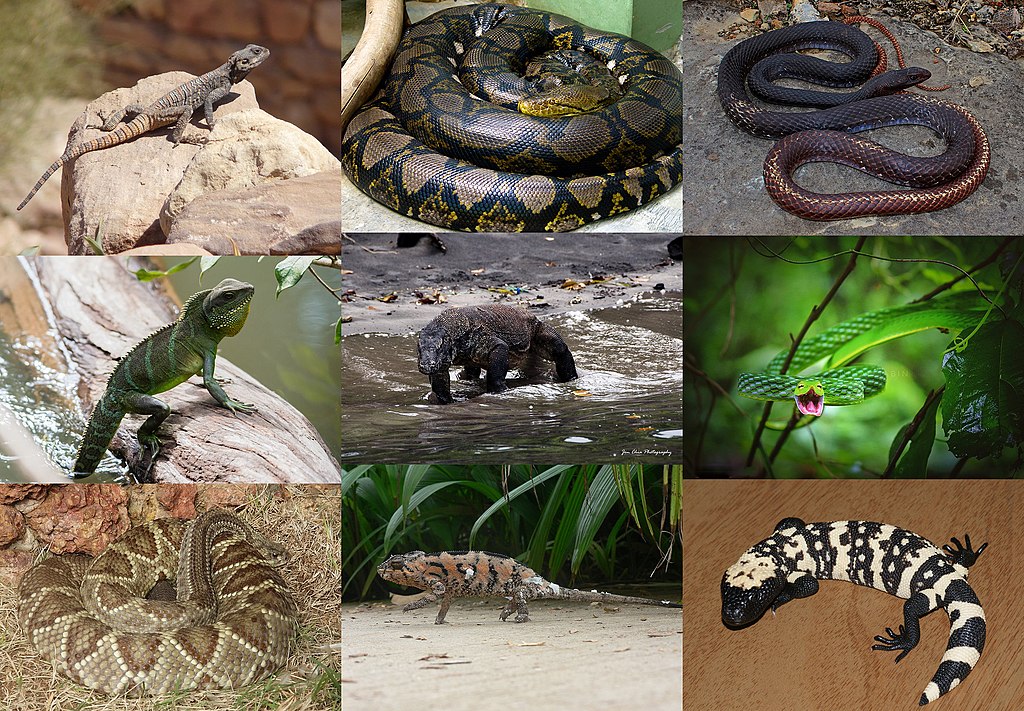
Even with its reclassification as a likely lizard rather than a dinosaur, Oculudentavis remains an extraordinary discovery with significant scientific importance. If confirmed as a squamate, it represents one of the oldest and most unusual lizards ever found, with extreme adaptations for its miniaturized lifestyle. The specimen demonstrates that lizards had already evolved diverse forms and ecological specializations by the mid-Cretaceous period. Its preservation in amber provides unprecedented details about small vertebrate anatomy from this time period, regardless of its taxonomic placement. The unusual combination of features in Oculudentavis – including its large eyes, numerous teeth, and tiny size – still offers valuable insights into convergent evolution and adaptation to specialized ecological niches. The reclassification doesn’t diminish the specimen’s scientific value but rather redirects its significance toward understanding squamate evolution rather than avian dinosaur diversity.
Ethical Considerations in Amber Research

The study of Oculudentavis and other Myanmar amber fossils has raised important ethical questions within the paleontological community. Much of this amber comes from the Hukawng Valley in Myanmar’s Kachin State, a region affected by ongoing armed conflict. There are legitimate concerns that the amber trade may fund military activities and contribute to human rights abuses. In response to these concerns, many scientific journals now require authors to provide detailed provenance information for amber specimens and confirmation that materials were ethically sourced. Some researchers have called for a moratorium on studying amber that entered scientific collections after the escalation of conflict in the region. Others argue that scientifically valuable specimens already in collections should still be studied, while ensuring future acquisitions follow strict ethical guidelines. These discussions reflect broader conversations about ethical practices in paleontology, including the repatriation of fossils to their countries of origin and the involvement of local scientists in research.
Importance for Understanding Evolution

The discovery and subsequent reclassification of Oculudentavis contributes significantly to our understanding of evolutionary processes. The extreme miniaturization exhibited by this animal demonstrates how natural selection can drive body size to remarkable extremes to exploit specific ecological niches. The convergent evolution of certain features between some lizards and birds highlights how similar environmental pressures can produce comparable adaptations in distantly related groups. If Oculudentavis is indeed a lizard, its bird-like features represent an example of convergent evolution, where unrelated organisms evolve similar traits in response to similar selective pressures. Alternatively, if future evidence supports a dinosaurian classification, it would demonstrate unexpected morphological diversity within that group. Either way, Oculudentavis illustrates how evolution can produce extraordinary specializations and how body size evolution can lead to dramatic anatomical modifications. The case also demonstrates that the tree of life still contains many surprises, even for well-studied groups like dinosaurs and lizards.
Future Research Directions

The study of Oculudentavis is far from complete, with numerous avenues for future research. Advanced imaging techniques, such as synchrotron radiation micro-computed tomography, might reveal additional details about internal anatomy without damaging the amber specimen. Comparisons with other specimens from Myanmar amber and contemporary fossils from other locations could help place Oculudentavis more precisely within its evolutionary context. Biomechanical analyses might shed light on how such a tiny vertebrate functioned, including its feeding mechanics, visual capabilities, and locomotion. The discovery also highlights the need for continued exploration of amber deposits worldwide, which may contain additional specimens of small vertebrates otherwise unlikely to be preserved in the fossil record. Furthermore, the development of new analytical methods specifically designed for amber-preserved specimens could enhance our ability to extract information from these unique fossils. As techniques improve and more specimens are discovered, our understanding of Oculudentavis and its significance will continue to evolve.
Conclusion: A Tiny Window Into Ancient Worlds
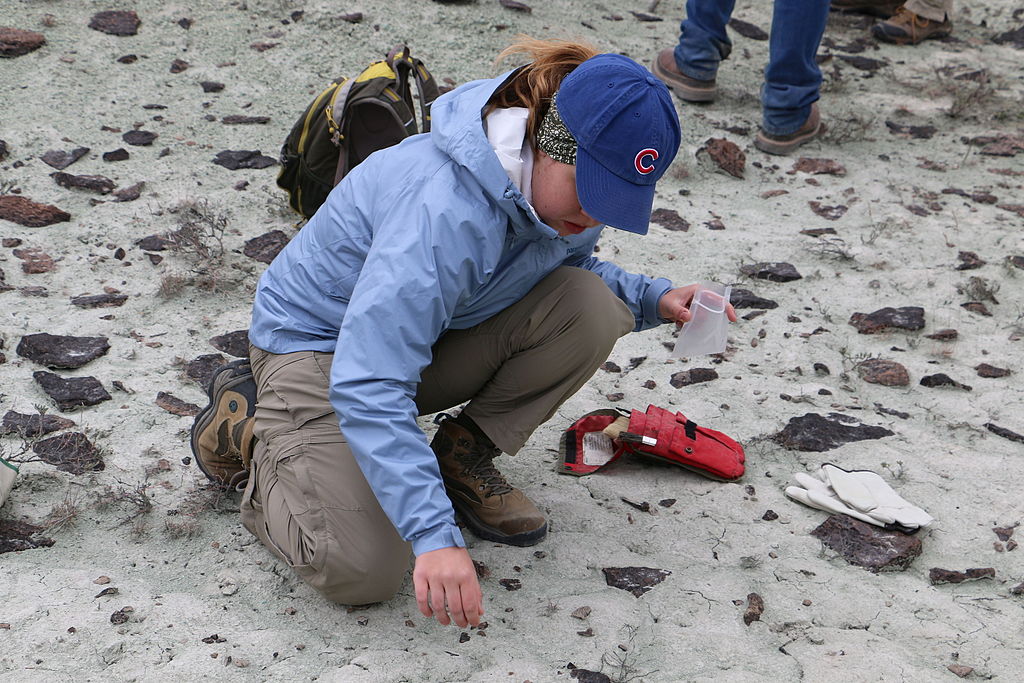
The story of Oculudentavis, from its initial discovery to subsequent reinterpretation, embodies the dynamic nature of paleontological research. Whether ultimately classified as a highly specialized lizard or confirmed as a miniature dinosaur, this tiny creature preserved in amber has expanded our understanding of Mesozoic biodiversity and the extremes of vertebrate evolution. The remarkably small size of Oculudentavis demonstrates that the Cretaceous forests of Myanmar supported diverse ecological niches for extremely small vertebrates, suggesting complex ecosystems with fine subdivision of resources. Beyond its scientific significance, the case illustrates how paleontology continuously refines our knowledge through new discoveries, technological innovations, and scientific debate. As research continues, this thumb-sized animal will likely provide further insights into the evolution of miniaturization, the diversity of Cretaceous fauna, and the methodological challenges of studying amber-preserved specimens. In this way, Oculudentavis serves as a tiny window into ancient worlds, reminding us that even the smallest creatures can have enormous scientific importance.

